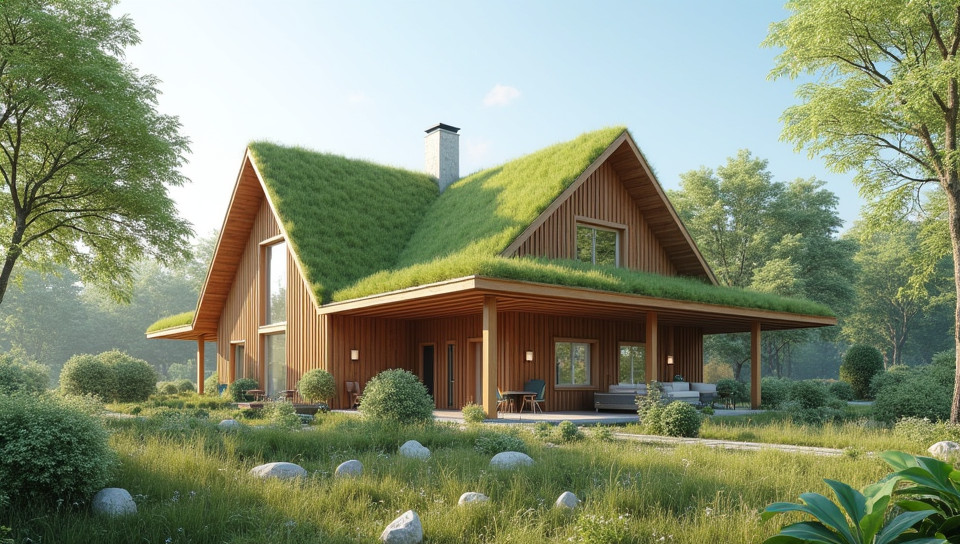Green building strategies use insulation in construction 77%

Green Building Strategies: The Power of Insulation in Construction
As we continue to grapple with the challenges of climate change, energy efficiency, and sustainable development, the importance of green building strategies cannot be overstated. One key component that plays a crucial role in achieving these goals is insulation in construction. In this article, we will explore the benefits and best practices of incorporating insulation into your green building project.
The Benefits of Insulation
Insulation is a critical element in any building, serving as a barrier between the interior and exterior environments to regulate temperature, prevent moisture damage, and reduce energy consumption. By using high-quality insulation materials, you can:
- Reduce heat loss during winter
- Lower cooling costs during summer
- Create a more comfortable indoor climate for occupants
- Minimize air leakage and drafts
Types of Insulation Materials
There are several types of insulation materials available in the market, each with its unique characteristics, benefits, and drawbacks. Some popular options include:
- Fiberglass batts: cost-effective, easy to install, but can be itchy to handle
- Spray foam insulation: provides excellent thermal performance, but is more expensive and has a higher environmental impact
- Reflective insulation: ideal for radiant barrier applications, but may not provide adequate R-value in other situations
- Cellulose insulation: eco-friendly, made from recycled materials, but can be denser than other types
Designing for Insulation
When designing your green building project, it's essential to consider the optimal placement and thickness of insulation materials. Some best practices include:
- Installing insulation in walls, floors, and ceilings
- Using a combination of insulation types to achieve desired R-values
- Ensuring proper air sealing to prevent energy losses
- Considering the impact of climate, weather conditions, and occupancy patterns on insulation performance
Conclusion
Incorporating insulation into your green building project can have a significant impact on energy efficiency, occupant comfort, and environmental sustainability. By understanding the benefits, types, and design considerations of insulation materials, you can create a more resilient, sustainable, and eco-friendly building that meets the needs of both people and planet. As we continue to innovate and push the boundaries of green building strategies, one thing is clear: insulation will remain an essential component in achieving our sustainability goals.
- Created by: Linda Collins
- Created at: Dec. 19, 2024, 1 p.m.
- ID: 16801









